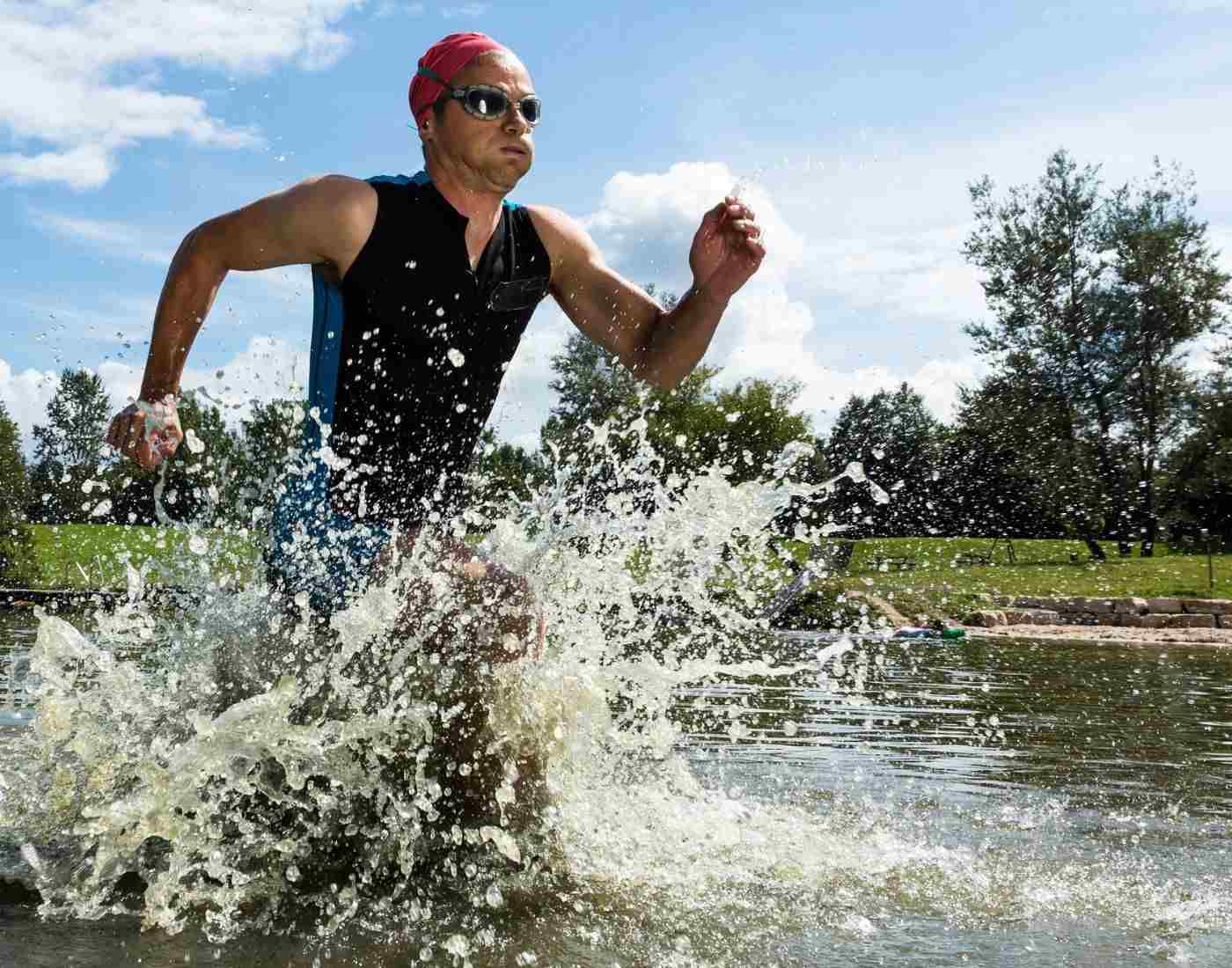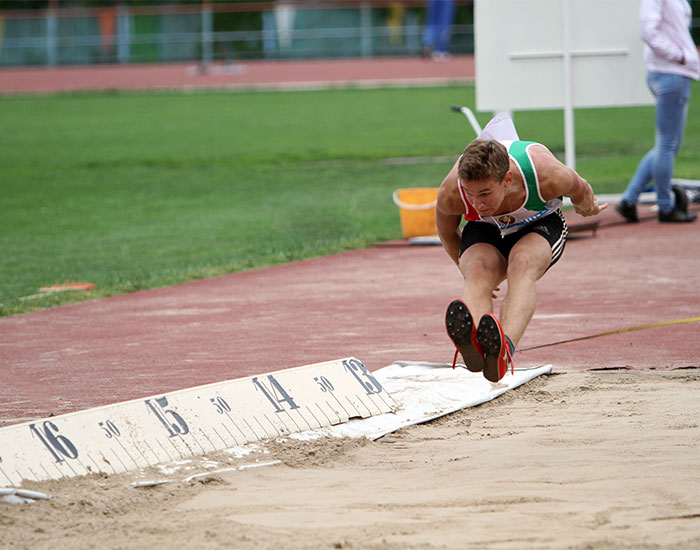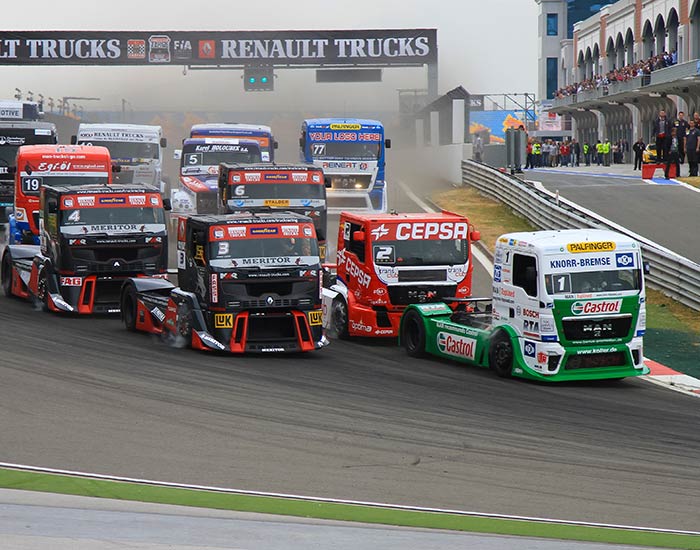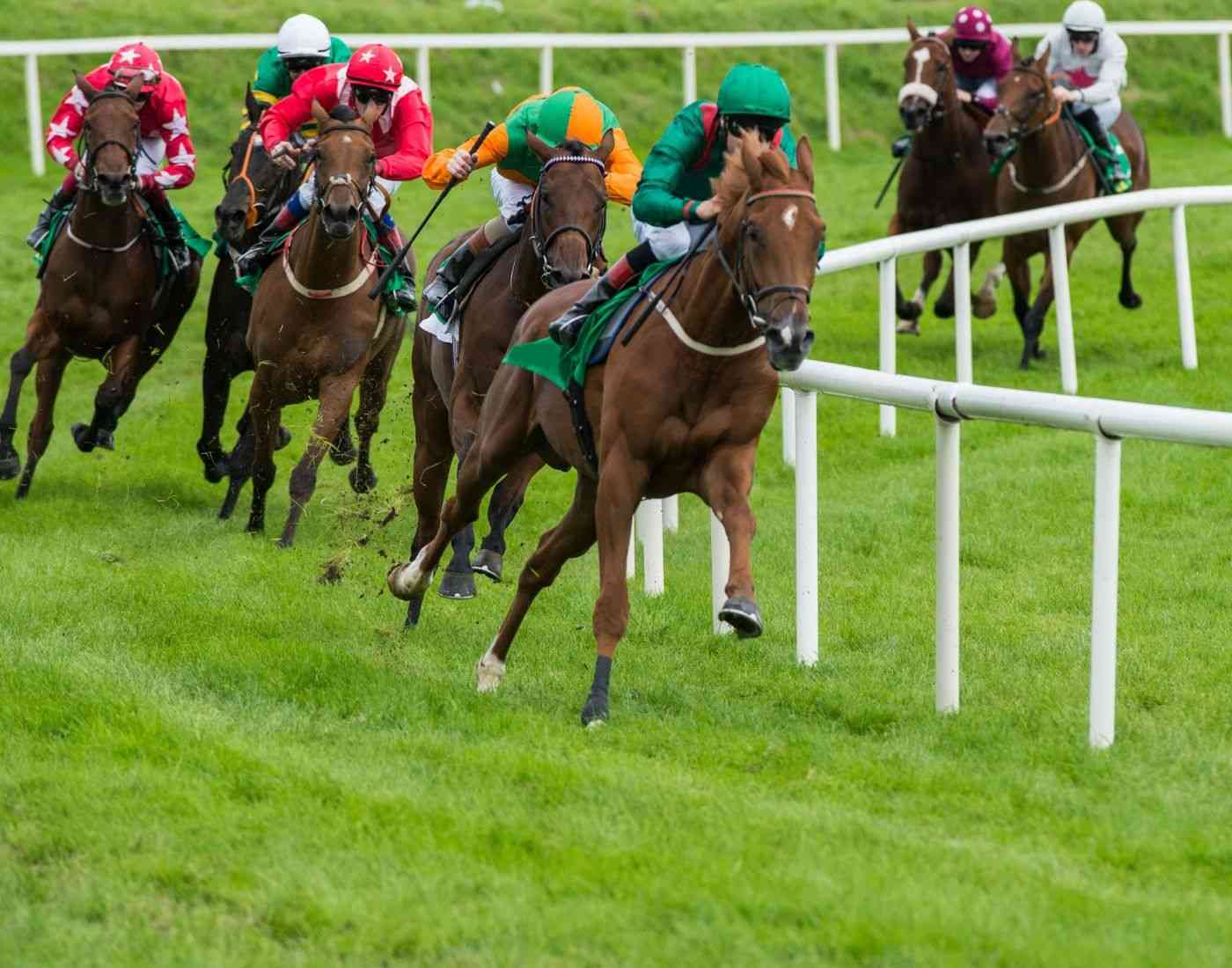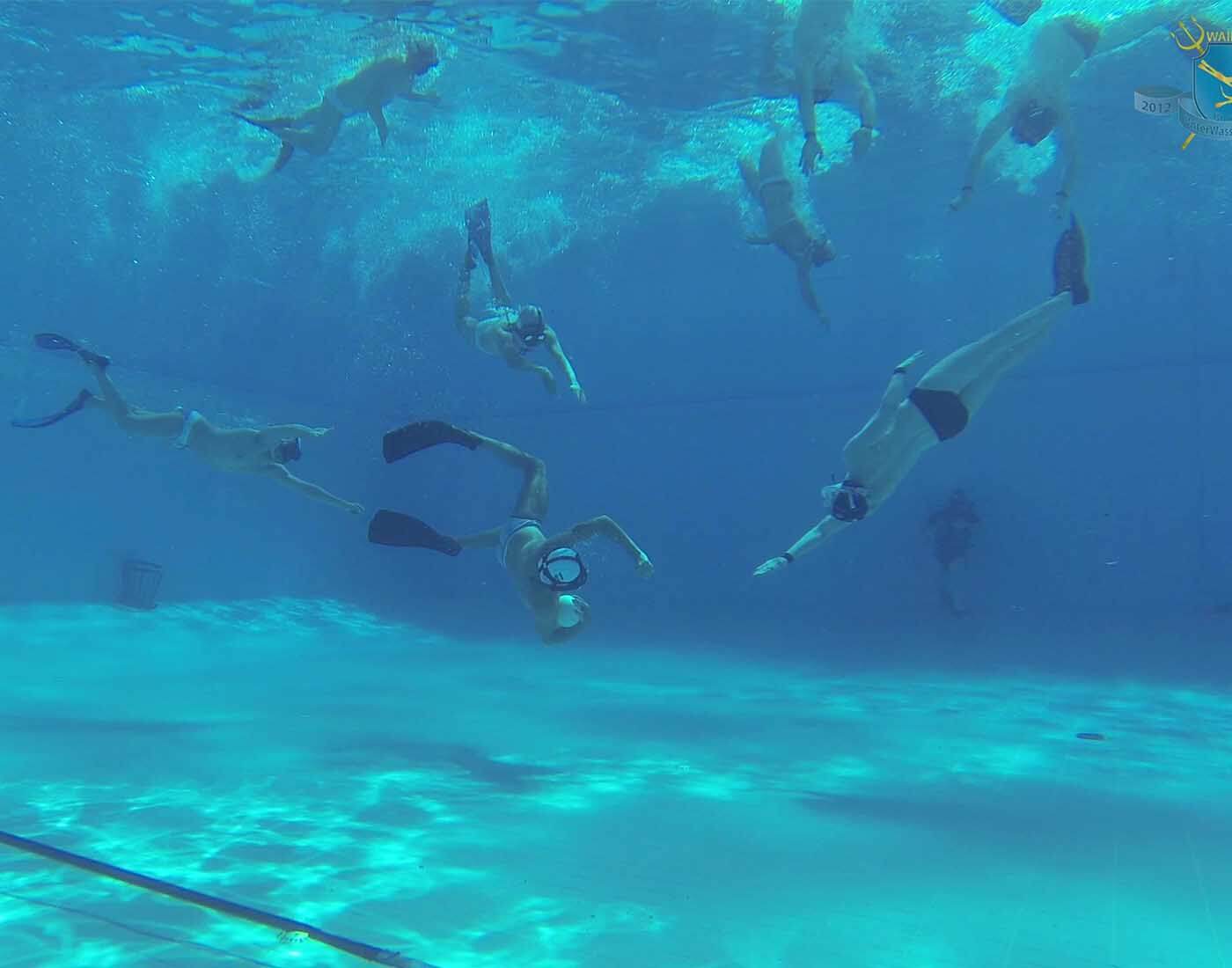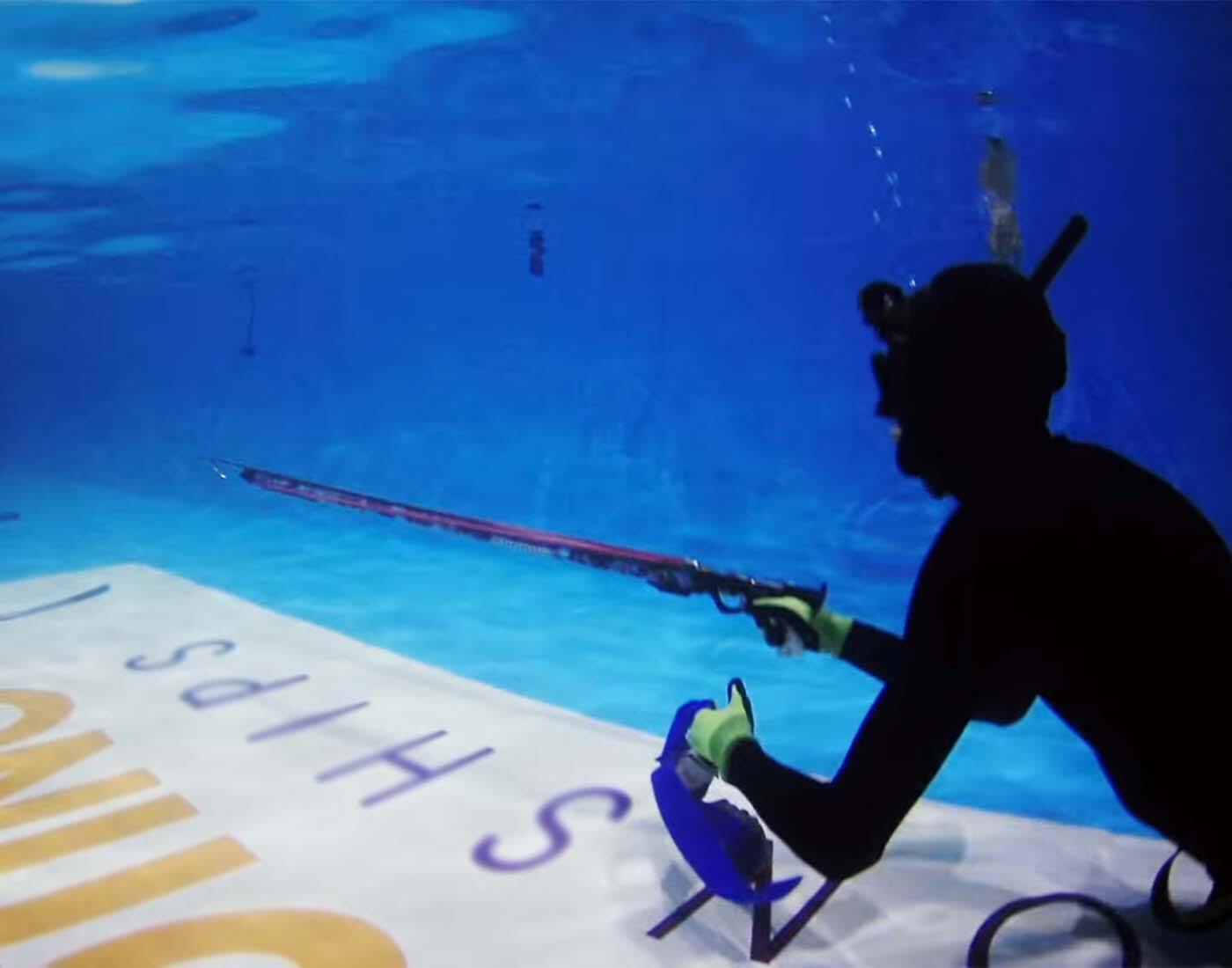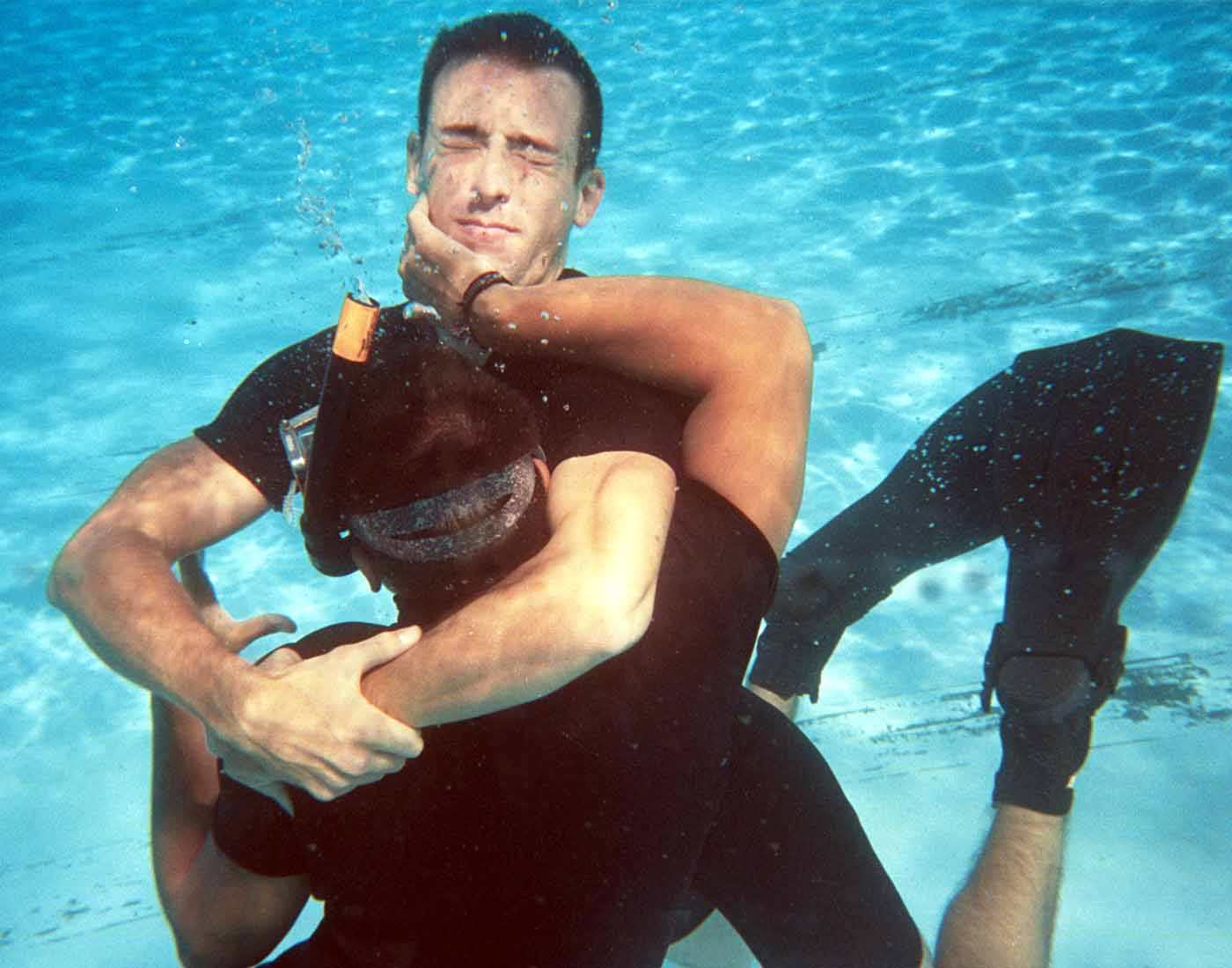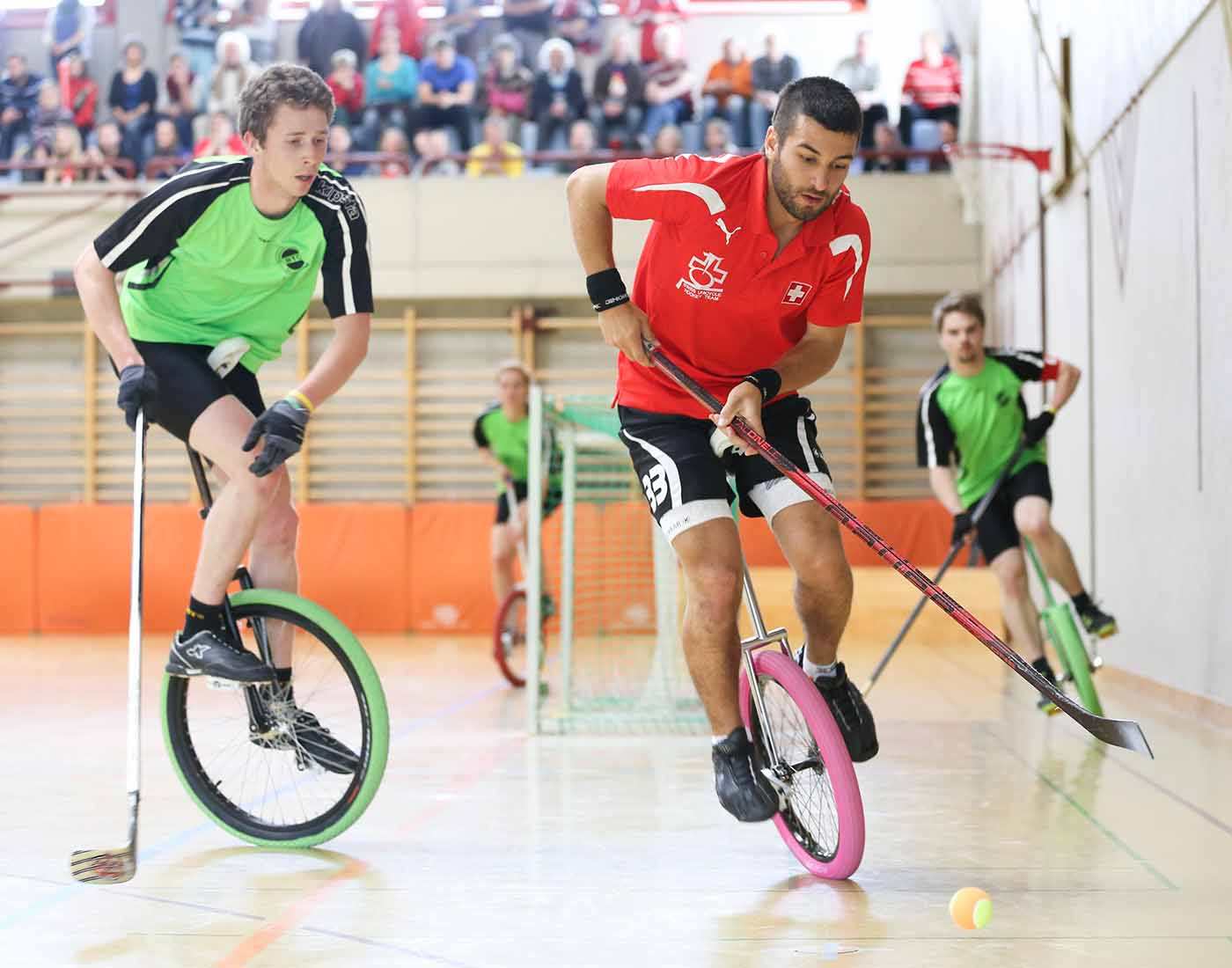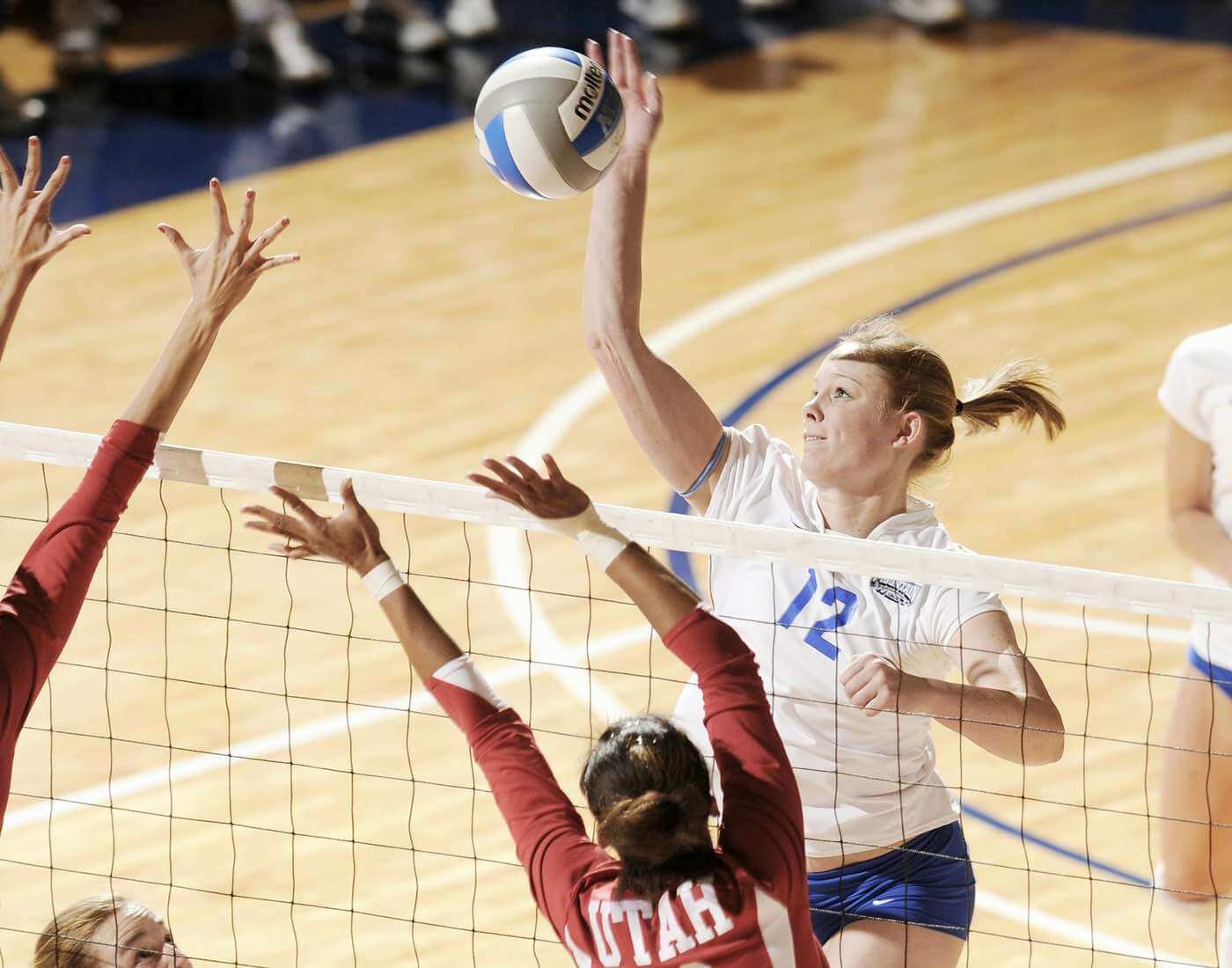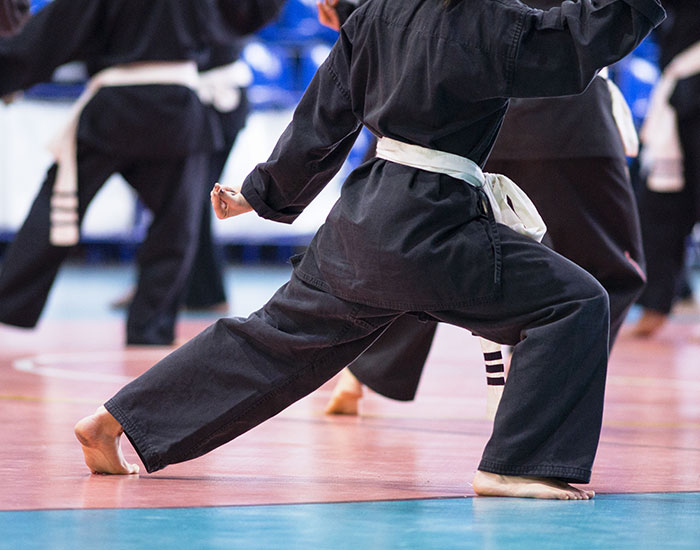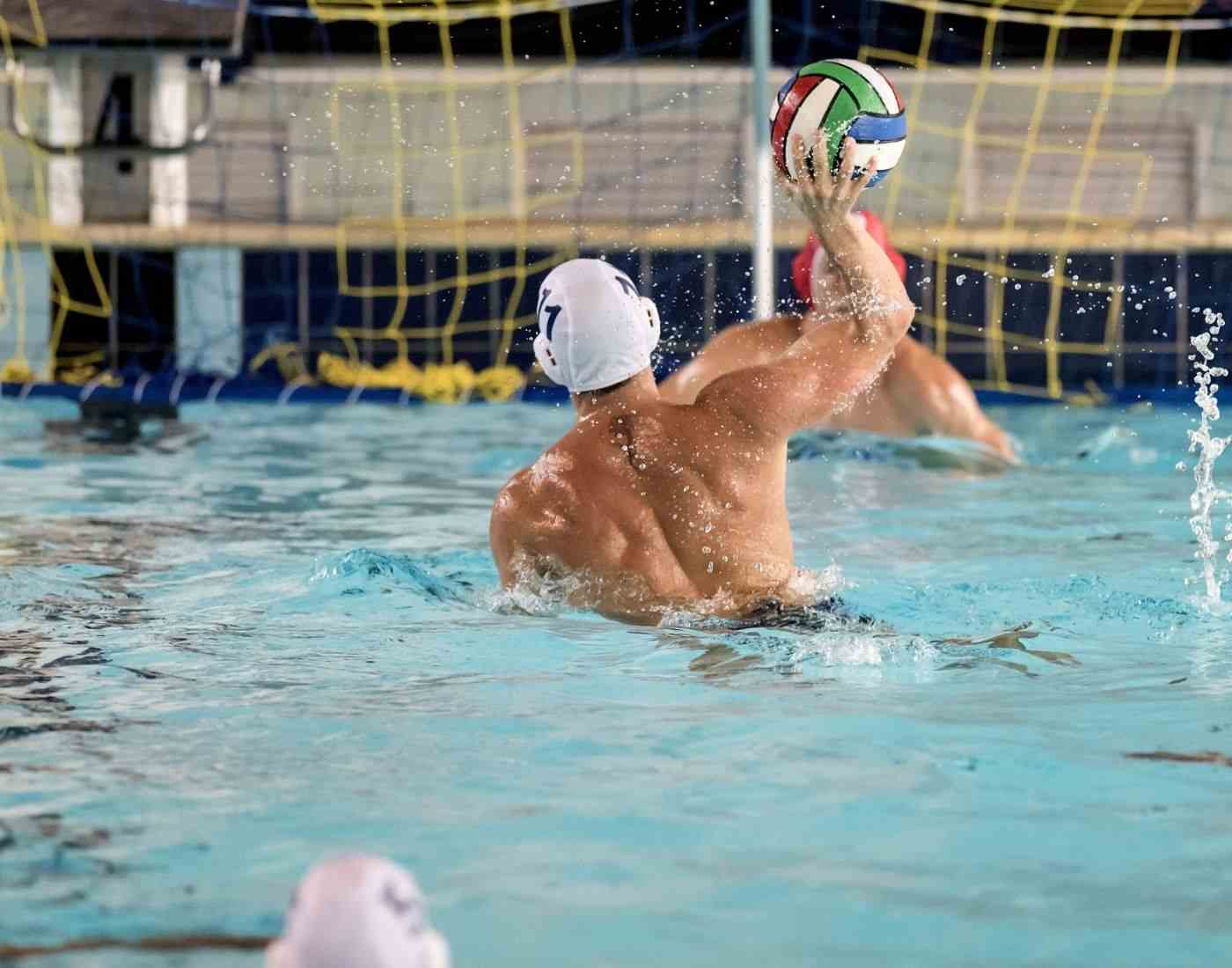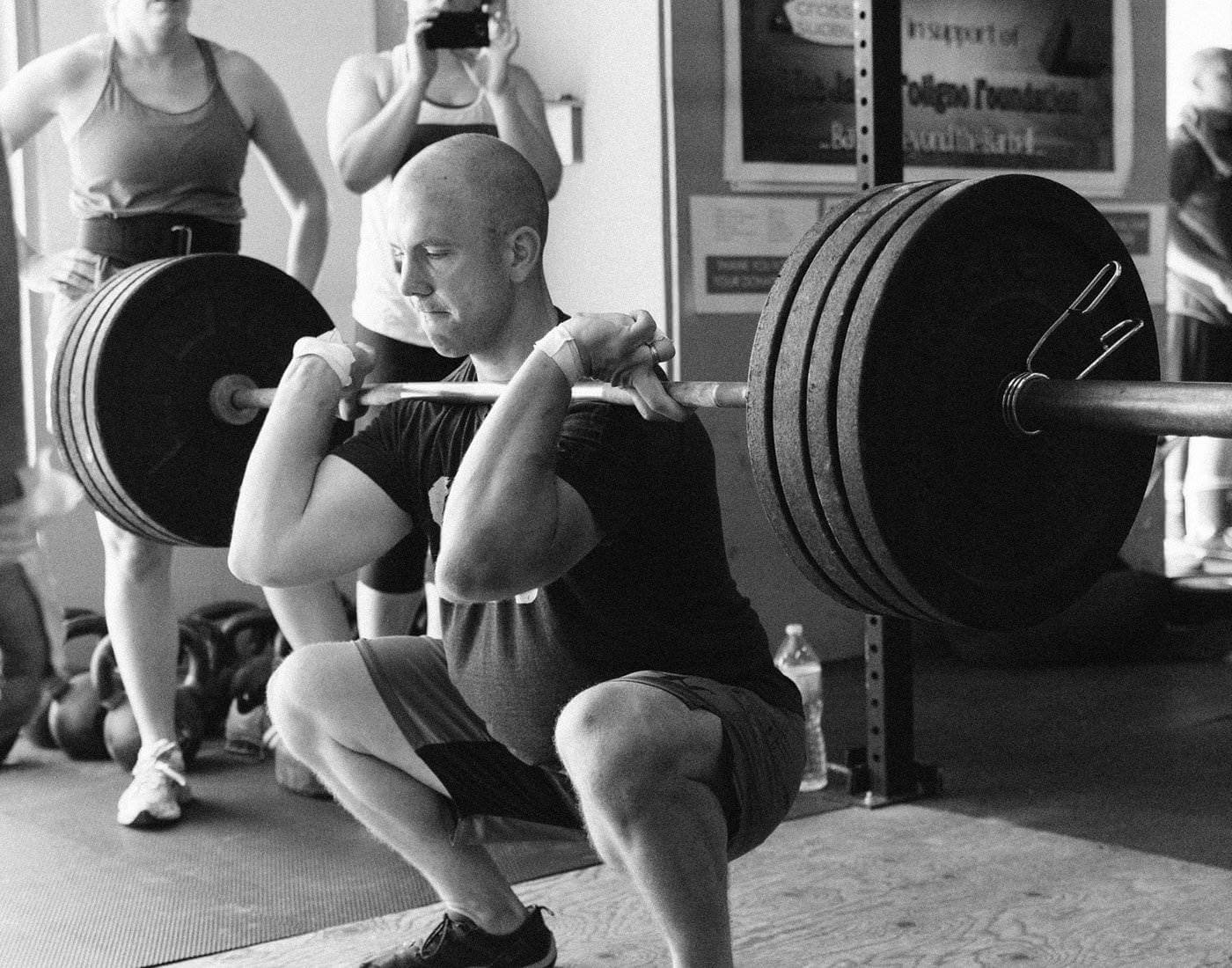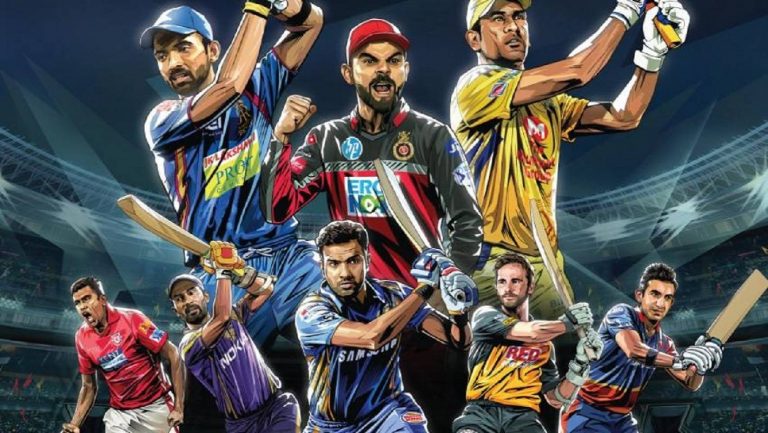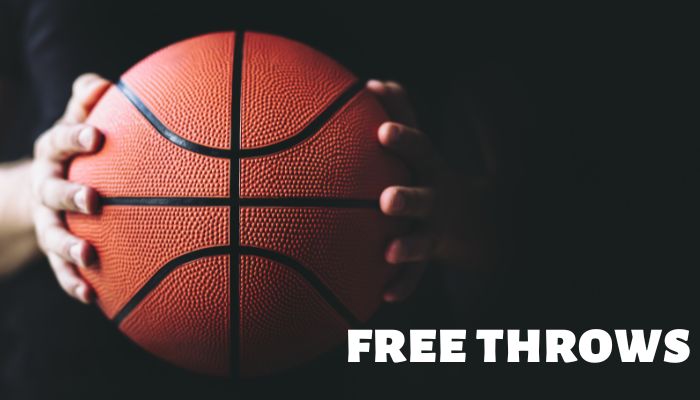
Free throws can be granted in a variety of circumstances.
When a player is fouled while shooting, this is the most prevalent. A player who is fouled and misses his or her shot is awarded either two or three free throws, depending on whether the shot was taken in front of or behind the 3-point line. There is only one free throw awarded in this situation, thus even if the player succeeds in his shot despite the foul, it qualifies as a field goal. Depending on the value of the basket, this is referred to as a three-point or four point play.
There are two situations in which a team’s bonus (or foul penalty) might be used. This occurs when a team commits a certain number of fouls in a single period, whether or not they are shooting. While there is a four-free-throw limit in FIBA and (W)NBA as well as NCAA women’s play (four fouls per quarter), there is a two free-throw limit in the NBA as well as NCAA women’s play (two free-throws per quarter). In the final two minutes of any period, the WNBA employs the same rules as the NBA for resetting the team foul count (including overtime). Starting with the opponent’s fifth foul in any given quarter, the fouled player in FIBA and NCAA women’s basketball is given the opportunity to attempt two free throws as a result of cumulative team fouls. When a player commits his seventh foul of the half in NCAA men’s basketball, he receives one free throw; if he makes it, he gets another. Shots like this are dubbed a “one and one”. After the tenth foul of the half, the team is awarded two free throws. For the purposes of accumulating team fouls, overtime is also treated as an extension of the second half. For offensive fouls (most often charging fouls), free throws are not awarded, even if the team fouled is in the bonus round. While NBA games are played in 12-minute quarters, the WNBA, college women’s basketball, and FIBA play are all played in 10-minute halves (note that the college women’s game was played in 20-minute halves prior to 2015–16). This means that in college men’s basketball, the number of fouls that lead to a penalty is higher. When a player commits a shooting foul, it is a two- or three-shot foul, with a free throw granted if the shot is successful, just like in professional basketball.
For free throws, if an injured teammate cannot shoot, the offensive team can designate any player from the bench; however, this does not apply to professional basketball, which allows the opposing team’s designated shooter to select the replacement player. If it is a flagrant-2 foul, then both teams get to choose the replacement shooter if an injured teammate is unable to shoot free throws. This rule is in place in the event that a player is fouled and gets into a brawl and is ejected. He or she is not permitted to take his or her free-throws. Failed players must take their own foul shots in all other situations.
Those who engage in bad sportsmanship, such as arguing with the referee or committing a technical violation (such as delaying the game, using excessive timeouts, or failing to replace a player who has fouled out with an eligible replacement, as required by NBA rules), may be charged with a technical foul, which is a more serious infraction. When a team commits a technical foul in the NBA or FIBA, the opposite side gets one free-throw opportunity. There are two types of technical fouls under NCAA rules: Class A (violent or serious unsportsmanlike conduct) and Class B (inappropriate or disruptive behaviour) (less egregious violations such as hanging on the rim or delay of game). Class A technical fouls yield two free throws, whereas Class B technical fouls yield one. After the free throws, the opposition side can choose any player on the court to take possession of the ball. This is true at all levels. Free throws are taken with no players in the lane since there is no chance of a rebound.
Referees can also call a more serious foul, known as a “unsportsmanlike foul” in women’s international and NCAA play or a “flagrant fouled” in men’s NBA and NCAA basketball, if they believe a foul was particularly forceful or did not demonstrate an attempt to play the ball. The opponent gets two free throws and possession of the ball once this foul is called (and the player may be expelled depending on the severity of the infraction). For technical fouls, the player fouled must take the free throws they are given.
